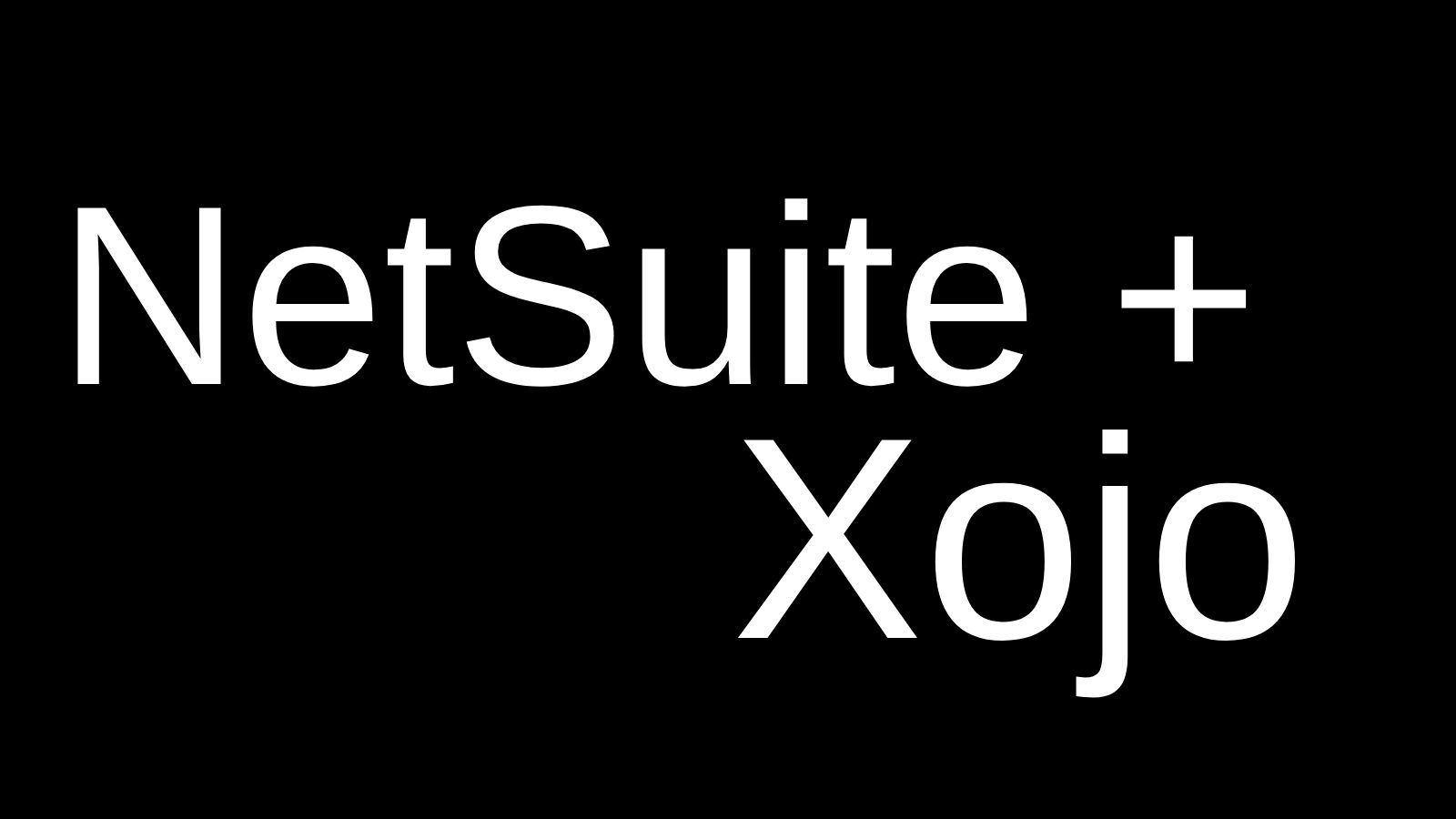Tim has found that many NetSuite users want to create custom applications that interact with their data in NetSuite and Xojo is truly ideal for this. Some NetSuite users contract this work out to developers like Tim while others are interested in creating apps themselves. During the webinar, Tim and I demonstrated Xojo to NetSuite users while also demonstrating NetSuite to Xojo users who may be interested in incorporating it into their organizations or providing development services to NetSuite users.
Comments closedTag: Multi-Platform Development
Starting in Xojo 2022r2 you have the option to generate Program Database (PDB) files with your 64-bit Windows builds. If you’re unfamiliar with what PDB…
Comments closedWhen we create a PDF document is impossible (in most of the cases) to anticipate how many pages it will have. And yet, that is something that we are going to need if, for example, we want to add a footer reflecting the current page number over the total of pages in the document. The solution is using the PageCount and CurrentPage properties in the PDFDocument class.
Comments closedWe love hearing from Xojo users when they want to share what they’re working on! One project that was just shared with me was from Tim Dietrich, a Xojo user who has spoken at our user conferences. Late last year Tim shared that he was working on a project that could get Xojo in front of a new audience. Yesterday he released SuiteTransmit. About the project and development process, Tim commented: I was impressed by how easy Xojo made it to get the app working on both platforms.
Comments closedThe Game of Life, also known simply as Life, is a cellular automaton devised by the British mathematician John Horton Conway in 1970. You’ve probably seen this around in some form or another, but I ran across it again recently and thought it would be fun to implement in Xojo.
Comments closedAs part of XDC Anywhere, the Xojo Engineering team takes your questions.
Comments closedThe WebImageViewer control allow us to load and display any image retrieved from a given URL. Wouldn’t be nice to have that same kind of functionality in the Desktop and iOS versions of the ImageViewer? Continue reading and I’ll show you how to achieve just that.
Comments closedXojo 2022r1 brings a bunch of font handling improvements plus new features to the creation of PDF documents.
Comments closedBack in 2020 when PDFDocument was first introduced in Xojo, we had to make a compromise in order to render the output created via Xojo’s integrated Report Editor. That was far from ideal, but we needed to first meet some other requirements in order to get the full vectorial quality you expect in both PDFs as well as in rendering reports.
With Xojo 2022r1 I am happy to say we have achieved that goal! The best part is that you don’t need to do anything to take advantage of the update. Keep your code as it is now and, the next time you output your report into a PDF document you’ll get the full vectorial quality you expect!
Comments closedYou may or may not be aware that running iOS projects in the Simulator does not allow you to check all of your app’s features. There are a few features which rely on hardware capabilities which the Simulator cannot emulate. This can make it hard to track down bugs, and the only recourse is console logging. Starting in Xojo 2022r1 it’s possible to run your apps right on a physical device connected by USB.
Comments closed
